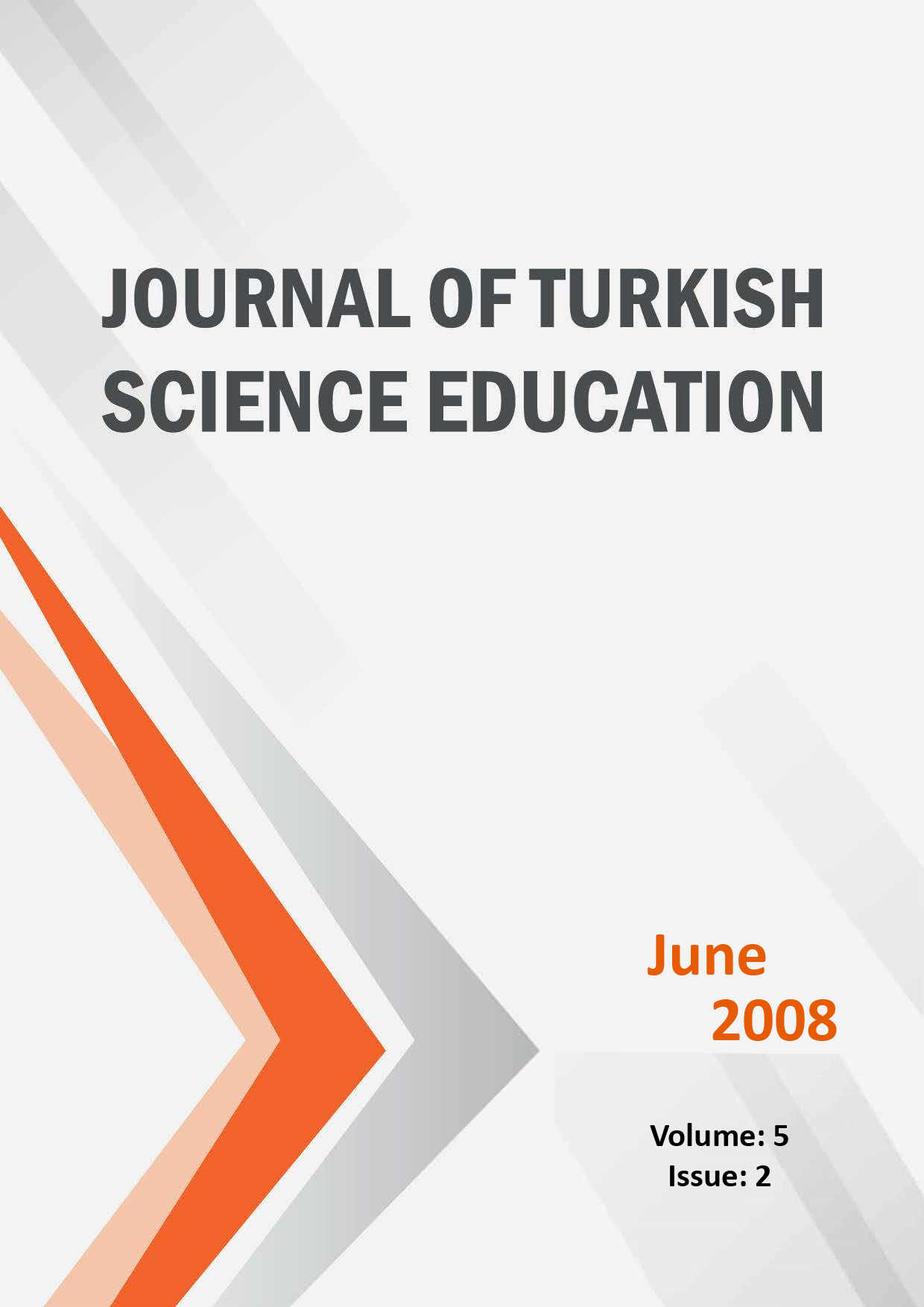The Effects of Science Teaching Through Team Game Tournament Technique on Success Level and Affective Characteristics of Students
Keywords:
Co-operative Learning Method, Team Game Tournament Technique, Science Teaching, Reproduction and Growth in Living Things, Affective Characteristics, LearningAbstract
The purpose of this study is to investigate the effects of teaching a unit “Reproduction and Growth in Living Things” from the science curriculum of 8th graders by using Team Game Tournament (TGT) technique on the achievement and affective characteristics of the students. In order to determine the effects of TOT technique on achievement, quantitative research approach was used and to determine its effects on the affective characteristics, qualitative research approach was used. In the quantitative part of the study, quasi-experimental design was used. Teaching was performed through TOT technique in the experimental group and through lecturing in the control group. In the collection of the quantitative data, a test consisting of 25 multiple-choice questions concerning the unit cited above was used as pre-test and post-test. The data obtained were analyzed through SPSS 11.0 statistical package program. In the qualitative part of the study, documentation method was used. The data required todetermine the effects of TOT technique on the affective characteristics of the students were collected by means of students’ compositions. In the analysis of the quantitative data, content analysis and descriptive analysis were used. As a result of the data analyses, it was concluded that TOT technique is more effective on increasing the students’ achievement than the lecture type of teaching. Moreover, when the students’ opinions about supportive learning, peer relations, satisfaction in the classroom, effective learning, and preference for the current teaching method over others were examined, it was found that the students in the experimental group expressed more positive opinions about the effects of the teaching method used in their group on their affective characteristics than the control students.
Downloads
References
Downloads
Published
Issue
Section
License
This license enables reusers to copy and distribute the material in any medium or format in unadapted form only, for noncommercial purposes only, and only so long as attribution is given to the creator. CC BY-NC-ND includes the following elements: Credit must be given to the creator; only noncommercial uses of the work are permitted; no derivatives or adaptations of the work are permitted.


